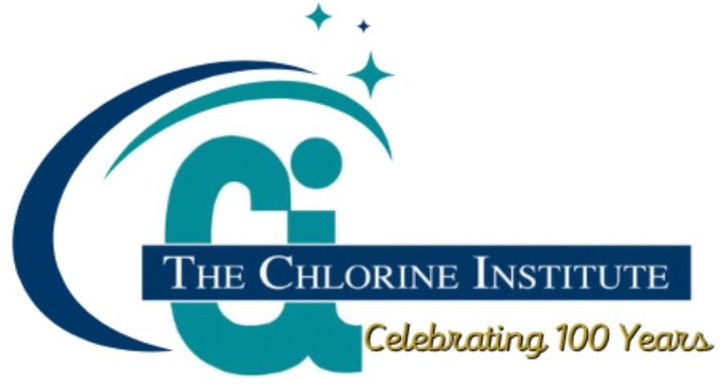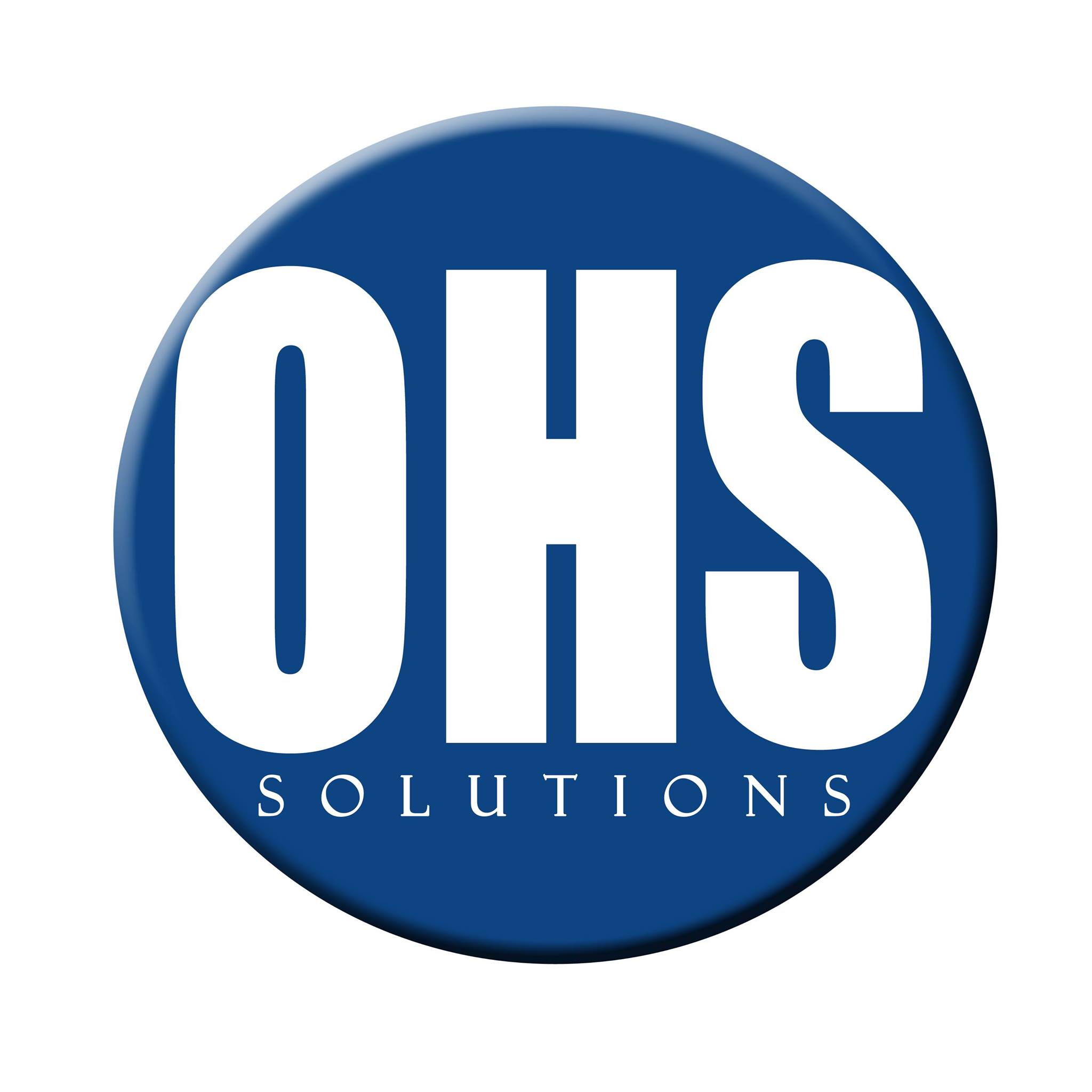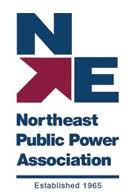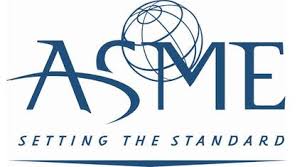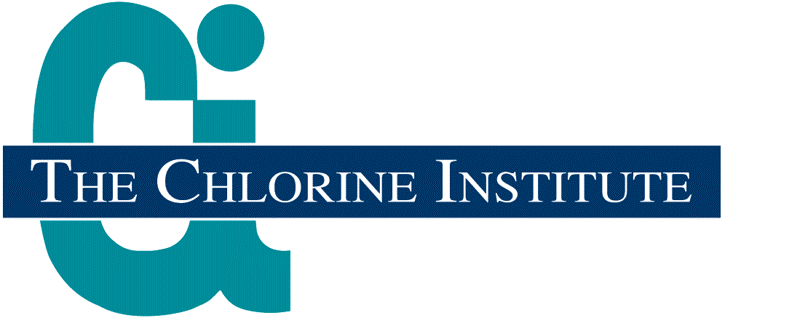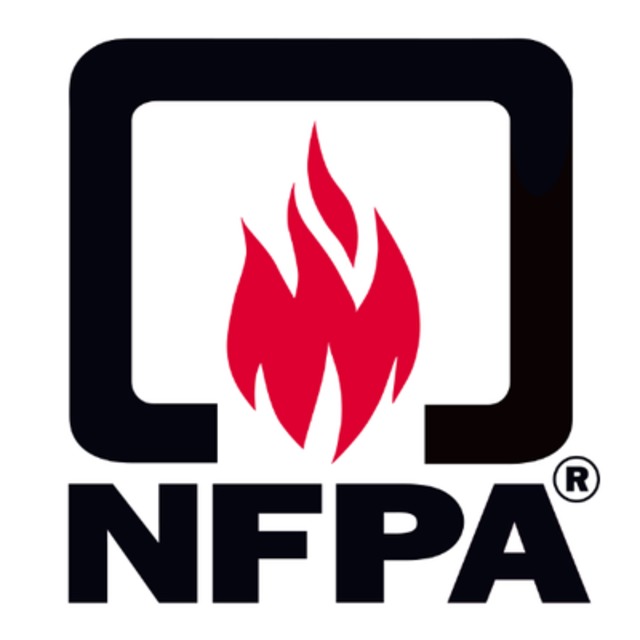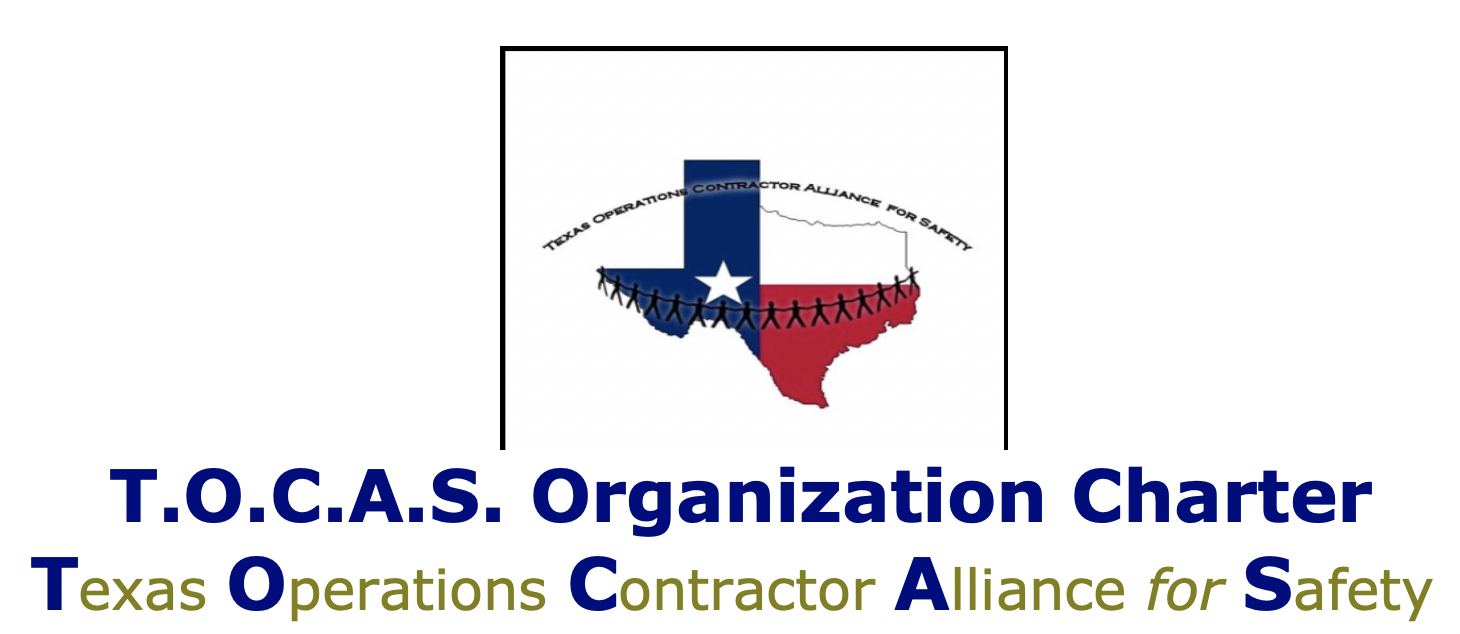October 15, 2024
- MEMORANDUM FOR:
- REGIONAL ADMINISTRATORS
- STATE DESIGNEES
- THROUGH:
- AMANDA L. EDENS
- Deputy Assistant Secretary
- FROM:
- SCOTT C. KETCHAM, Director
- Directorate of Enforcement Programs
- SUBJECT:
- Inspection Guidance for Animal Slaughtering and Processing Establishments
This memorandum establishes guidance for inspections conducted in all animal slaughtering and processing establishments, North American Industry Classification System (NAICS) 3116, Animal Slaughtering and Processing.1 This memorandum updates and supersedes OSHA's previous inspection guidance specific to a subset of this NAICS, poultry slaughtering and processing establishments (NAICS 311615), OSHA Memorandum, October 28, 2015.
This expansion into the broader Animal Slaughtering and Processing industry (NAICS 3116) is based on OSHA's determination that this industry has a high Bureau of Labor Statistics (BLS) days away, restricted, or transfer (DART) rate (i.e., above the 1.7 private industry national average). The goal of this initiative is to significantly reduce injuries and illnesses resulting from occupational hazards, through a combination of enforcement, compliance assistance, and outreach.
Under this new memorandum, all programmed and unprogrammed inspections in NAICS 3116 shall cover the focus hazards associated with the list below, in accordance with the FOM:
- Sanitation and Cleanup Operations
- Ergonomics/Musculoskeletal Disorders
- Personal Protection Equipment (PPE)/Payment for PPE
- Hazardous Energy (Lockout/Tagout)
- Machine Guarding
- Slips, Trips, and Falls
- Process Safety Management - Ammonia
- Chemical hazards -Hazards -Ammonia, Chlorine, Hydrogen Peroxide, Peracetic Acid, Carbon Dioxide, Nitrogen (gas & liquid)
- Occupational Noise
- Egress and Blocked Exits
- Recordkeeping
These focus hazards shall be assessed in addition to other hazards that may be the subject of the inspection or based on information gathered by the compliance safety and health officer (CSHO) during the inspection.
Additionally, the Department of Labor's Wage and Hour Division (WHD) protects workers from unlawful wage and hour practices and child labor violations. Therefore, OSHA offices should initiate referrals and exchange appropriate information relating to complaints, inspections, or investigations and related matters, to support the enforcement activities of the agencies. If OSHA discovers information relating a possible violation of the laws and regulations enforced by WHD, OSHA offices are to provide timely information to WHD by making a referral, per the Memorandum of Understanding between WHD and OSHA, dated May 4, 2023.
All workers, regardless of their socioeconomic backgrounds or immigration status, have the right to a workplace that is free of known safety and health hazards and to report hazards to OSHA without fear of retaliation. OSHA shall also make referrals to whistleblower staff when indicated.
Scope: This guidance applies to all Federal OSHA inspections, programmed and unprogrammed, conducted in:
NAICS 3116 (Animal Slaughtering and Processing), which includes NAICS Codes
311611 (Animal (except Poultry) Slaughtering),
311612 (Meat processed from carcasses),
311613 (Rendering and meat byproduct processing), and
311615 (Poultry processing)
Regions may determine that a Regional Emphasis Program (REP) or Local Emphasis Program (LEP) is justified after reviewing relevant data (e.g., a review of the number of sites in the region) and as consideration of other resources demands. The guidance in this memorandum should be included in any REPs or LEPs developed to inspect facilities in the aforementioned NAICS. Four regions have active emphasis programs in NAICS 3116: Region 4 CPL 23/09 (CPL 04) – Regional Emphasis Program for Poultry Processing Facilities; Region 5 CPL 04-05-2306 – Regional Emphasis Program for Food Manufacturing Industry; Region 6 CPL 2 02-02-030C – Regional Emphasis Program for Poultry Processing Facilities; and Region 7 CPL 02-16-05E – Nebraska Local Emphasis Program for Meat Processing Industries.
Background: Meat and poultry workers face many serious occupational hazards, including exposure to high noise levels, dangerous equipment, musculoskeletal disorders, and hazardous chemicals such as ammonia, used as a refrigerant, and peracetic acid, used to kill bacteria. Animal processing is highly mechanized, so walkways are often adjacent to energized conveyors and other meat processing equipment. Processing meat also uses a large amount of water that splashes on walkways and stairs; the addition of scraps of fatty skin from carcasses creates very slippery surfaces, contributing to slips, trips, and falls. Overall, animal slaughtering and processing workers suffer serious injuries that require a day or more away from work or restricted activity to recuperate at a rate that is more than double that of private industry. The BLS DART rate for private industry in 2022 was 1.7 per 100 full-time employees (FTE), whereas the DART rate for NAICS 3116 was 4.7 per 100 FTE, which is almost three times as high. The BLS incidence rate of occupational illness cases reported in the animal slaughtering and processing industry was more than six times the average for all U.S. industries. While the BLS total illness rate for private industry in 2022 was 45.2 per 10,000 FTE, the total illness rate for NAICS 3116 was 278.9 per 10,000 FTE. The number of injured workers may be even higher than the reported cases at some animal slaughtering and processing industry sites due to high worker turnover, inadequate medical management, employer reporting policies, or fear of employer retaliation.
Lockout/tagout hazards associated with cleanup operations are also often encountered by workers contracted for sanitation services in animal slaughtering and processing plants. Sanitation workers, including those employed as contractors and temporary workers, are particularly at risk of being exposed to hazards while cleaning energized machinery. This work sometimes occurs at night and employs underage workers. Numerous worker fatalities within this industry have resulted from exposure to hazardous workplaces including, but not limited to, those with struck-by hazards, unguarded machinery, hazardous energy (lockout/tagout), and infectious disease hazards. OSHA's Protecting Temporary Workers guidance covers workplaces where workers (often called temporary workers) are supplied to a host employer and are paid by a staffing agency. In these scenarios, the staffing agency and the host employer are joint employers of the temporary workers and, therefore, both are responsible for providing and maintaining a safe work environment for those workers. Additionally, OSHA's Multi-Employer Citation Policy provides citation guidance based on the responsibilities of more than one employer (i.e., the creating, exposing, controlling, or correcting employer) in complying with OSHA standards when employees on a multi-employer worksite are exposed to hazardous conditions.
Musculoskeletal disorders are of particular concern and continue to be common among workers in the meat and poultry industries (GAO 2016, Cartwright 2012). There are many such disorders, including carpal tunnel syndrome (CTS), tendonitis, epicondylitis, and "trigger finger." The most recent BLS incidence rate of CTS in animal slaughtering and processing was more than seven times the national average in 2021-2022. The rate for CTS in private industry in 2021-2022 was 0.3 per 10,000 FTE and the rate for NAICS 3116 was 2.3 per 10,000 FTE. Animal slaughtering and processing industry employers in 2021-2022 were also over six times more likely to identify repetitive motion as the exposure resulting in a serious injury, compared to employers in all industries in 2021-2022. The rate for repetitive motion involving micro-tasks in private industry in 2021-2022 was 1.7 per 10,000 FTE and for NAICS 3116 the rate was 10.2 per 10,000 FTE.
The scientific literature on CTS in the poultry industry, as well as in two National Institute for Occupational Safety and Health (NIOSH) health hazard evaluations (HHEs) (Musolin et al. 2014, Ramsey et al. 2015), suggest these data are significant undercounts of the impact of CTS in the industry (GAO 2016). The NIOSH HHEs at two different poultry processing plants found very high prevalence rates of workers meeting the NIOSH case definition for CTS, 42% and 34%, and even higher rates of workers who reported CTS symptoms (Musolin 2014, Ramsey 2015). For instance, Ramsey (2015) noted that although 64 workers met the NIOSH case definition of CTS, only four CTS cases were reported on the OSHA 300 log. Scrutiny of the first aid logs of two other poultry plants that OSHA inspected suggests that many conditions that trigger "first aid" are musculoskeletal injuries that should have been identified and recorded. None of these data or reports adequately capture the incidence of CTS injuries among workers who leave the industry due to injuries.
Also, OSHA recognizes that meat and poultry workers are often more vulnerable than others to hazardous working conditions, unfair labor practices and employment barriers. In accordance with the DOL Strategic Management Plan, this initiative is expected to enhance OSHA's enforcement and outreach in a high-risk industry, which should reduce workplace injuries, illnesses, and fatalities in the focused hazard areas.
State Plan Impact: Because these hazards have been identified nationwide, State Plans, especially those with significant meat and poultry processing industries, are encouraged to follow the guidance provided in this memorandum. State Plans may have an existing State Emphasis Program or determine that an emphasis program is warranted after reviewing relevant state data. State Plans must code inspections conducted in accordance with this guidance as noted below ("OSHA Information System (OIS)" paragraph).
Other Hazardous Exposures: In addition to the focus hazards listed above, and other hazards that may be the subject of a programmed or unprogrammed inspection, the CSHO may encounter additional hazards in animal slaughtering and processing establishments including but not limited to: the inadequacy of toilet and sanitary facilities, and worker access to them; those associated with handling live animals, meat that is freshly slaughtered, ill animals and contact with animal feces and blood; cuts and lacerations from knives or scissors; contaminated surfaces; dirt and dust; electrical hazards; and medical mismanagement. Exposure to live animals and meats may cause Campylobacter, avian influenza, staphylococcus aureus, methicillin-resistant staphylococcus aureus (MRSA) or psittacosis infections.
As detailed in Chapter 3, Section III.B.2. of OSHA's Field Operations Manual (FOM), when information or evidence gathered during the inspection (e.g., from injury and illness records, employee interviews) or the Compliance Safety and Health Officer's (CSHO) plain-view observations (e.g., employees working without adequate PPE in areas with high exposure to the focus hazards) indicate potential deficiencies in complying with OSHA requirements, the scope of the inspection may be expanded to include those hazards.
Inspection Procedures: Inspections shall follow the guidance in the FOM, directives, or Regional or State Plan equivalent policies and programs relevant to the focus hazards and other hazards encountered.
In addition, CSHOs will take steps to identify and address the impacts of hazards on workers. These steps include but are not limited to:
-
Conducting inspections during off-shift times to ensure that second and third-shift operations, such as sanitation services, are covered. Contractors and temporary workers who provide on-site sanitation services at an animal slaughtering and processing facility must be included in the inspection and the CSHO must request and review the OSHA injury and illness records from the third-party sanitation employer(s). Additional information regarding inspections of multi-employer worksites or worksites with temporary workers can be found within OSHA's Protecting Temporary Worker guidance, Multi-Employer Citation Policy, and the FOM.
-
Identifying workplace activities during each inspection that may impact workers who are most at risk (i.e., temporary workers or those performing newly assigned hazardous tasks, entry-level tasks, sanitation, and cleaning), and ensuring that work is observed, and workers are interviewed, as practicable within the scope of the inspection.
-
Reviewing training efforts, with emphasis on training effectiveness and worker understandability (i.e., language or comprehension barriers and how they are being managed). See, OSHA Training Standards Policy Statements.
-
Using interview strategies that ensure sufficient translation services are provided and that accommodate workers with off-shift or off-site worker interviews, particularly for workers who may fear retaliation from an employer, when there is a specific need to document hazardous working conditions.
-
Identifying and including employee representatives in the inspection process, as outlined in Chapter 3, Section VII.A of OSHA's FOM.
Note: OSHA's final Walkaround rule, effective May 31, 2024, clarifies who may serve as employees' authorized representative during OSHA's physical inspection of an employer's workplace. CSHOs shall follow guidance in the Interim Guidance for Worker Walkaround Representative Designation Process issued May 10, 2024 in determining whether employees have an authorized employee representative during inspections.
-
Making appropriate referrals:
-
During the inspection process, CSHOs may observe or receive information about potential child labor or wage and hour violations. In such cases, CSHOs should not hesitate to inquire specifically about the presence of underage workers at the establishment, during employee interviews. When wage and hour violation indicators (e.g., those relating to compensations, overtime or minimum wages; illegal child labor; job-protected family and medical leave; protections for nursing workers; or housing for migrant workers) are encountered or suspected, the CSHO will report their observations or findings to their respective supervisor or Area Director who will then contact the Wage and Hour Division representative in their geographical jurisdiction to make a referral. See, the Memorandum of Understanding between OSHA and WHD.
-
CSHOs who become aware of possible retaliation against employees (including immigration-based retaliation) such as, but not limited to, employees indicating that the employer has intimidated, threatened, disciplined, or otherwise discriminated against them for engaging in a protected activity, should make timely referrals to appropriate whistleblower staff. Immigration-based retaliation may include employer threats to report workers or their family members to immigration authorities if they report violations or cooperate with OSHA's investigation efforts.
-
If a CSHO documents worker safety violations that could endanger U.S. Department of Agriculture (USDA) Food Safety Inspection Service (FSIS) employees, the CSHO will inform their supervisor who will then notify the FSIS point of contact as soon as practicable to enable FSIS to take appropriate action to protect its employees. See, the Memorandum of Understanding between OSHA and USDA FSIS.
-
-
Ensuring recordkeeping issues are being handled in accordance with OSHA Instruction, CPL 02-00-135, Recordkeeping Policies and Procedures Manual, other relevant field guidance, or State Plan equivalent policies. For example, MSD cases (i.e., carpal tunnel syndrome) listed on first aid logs should be reviewed to ensure proper classification. Refer to Chapter 2, I., F. of the Recordkeeping Policies and Procedures Manual for additional recordkeeping guidance related to MSDs. In all inspections, workers shall be interviewed to verify the employer's injury and illness records.
CSHOs are encouraged to contact the Directorate of Technical Support and Emergency Management's Office of Occupational Medicine and Nursing (OOMN) to obtain a Medical Access Order, if necessary, early in the inspection process. OSHA Directive CPL 02-02-072, Rules of Agency Practice and Procedure Concerning OSHA Access to Employee Medical Records, provides guidance when there is a need to gain access to personally identifiable employee medical information. Additionally, CSHOs are encouraged to contact OOMN to discuss medical management practices early in the investigation to solicit assistance if interviews indicate the OSHA injury and illness recordkeeping logs are incomplete, or if employees are not referred to a physician or licensed healthcare provider (PLHCP) after several visits to the company healthcare provider.
Area Office personnel should become familiar with any existing DOL agreements and procedures for sharing information with other agencies that have jurisdiction over this industry, such as the Memorandum of Understanding between OSHA and the USDA FSIS, dated August 1, 2022. CSHOs should identify if the animal slaughtering and processing plant has adopted other federal guidelines such as the New Poultry Inspection System (NPIS), and the New Swine Inspection System (NSIS). Plants that adopted NPIS, for example, are required to submit an annual attestation to the management member of the local FSIS circuit safety committee stating that it maintains a program to monitor and document any work-related conditions of establishment workers. The elements of this program include:
-
Policies to encourage early reporting of symptoms of work-related injuries and illnesses and assurance that the establishment has no policies or programs intended to discourage the reporting of injuries and illnesses.
-
Notification to employees of the nature and early symptoms of occupational illnesses and injuries in a manner and language that workers can understand, including by posting in a conspicuous place or places where notices to employees are customarily posted, a copy of the FSIS/OSHA poster encouraging reporting and describing reportable signs and symptoms.
-
Monitoring on a regular and routine basis of injury and illness logs, as well as nurse or medical office logs, workers' compensation data, and any other injury or illness information available.
Note: USDA's inspectors in charge (IICs) and management members of FSIS are obligated to notify OSHA if an establishment does not submit an annual attestation. Additionally, an FSIS directive (2023) "Reporting and Correcting Occupational Hazards," establishes a procedure for FSIS inspection personnel to notify OSHA directly of serious workplace hazards that may affect non-federal establishment personnel in meat and poultry products establishments (and also in egg production plants).
CSHO Protection: CSHOs should remain up to date on health alerts from OSHA or the CDC regarding infectious disease or appropriate precautions for themselves and workers when inspecting these facilities. CSHOs shall follow the Field Safety and Health Management System (SHMS) and other applicable protocols, including protections against chemical hazards (e.g., pesticides, herbicides), extreme heat, ultraviolet radiation, and biological hazards that may be present in meat and poultry operations (e.g., Campylobacter, Avian Influenza).
Links to relevant documents are below:
- OSHA Directive, ADM 04-00-003, OSHA Safety and Health Management System
- OSHA Safety and Health Topics webpage, Avian Influenza
- CDC webpage, H5N1 Bird Flu: Current Situation Summary
- CDC webpage, Clinical Overview of Campylobacter, How it spreads
Outreach, Compliance Assistance, and Training: The National Office has developed compliance assistance tools to support outreach and training materials for CSHOs, compliance assistance specialists (CAS) and On-Site Consultation program staff. The information addresses technical issues related to the focused hazards, including ergonomics and evaluation of MSD recordkeeping procedures.
Poultry Processing
In 2018, OSHA published a Safe Work Practices in Poultry Processing QuickCard (English) (Spanish) to provide pocket-sized, precautionary information that could help to prevent injury and illness within this industry. In 2015, OSHA partnered with USDA FSIS to send a joint letter to employers in the poultry processing industry. Enclosed with the letter was a copy of OSHA's 2013 guidelines, titled, Prevention of Musculoskeletal Injuries in Poultry Processing (English) (Spanish). In addition, the USDA and OSHA also published a joint poster titled, Poultry: Protect Your Health (English) (Spanish) (Marshallese).
OSHA has webpages, such as a Poultry Processing Safety and Health Topics webpage and a Poultry Processing Industry eTool. The Agency also published two safety and health information bulletins (SHIBs), Avian Influenza Protecting Poultry Workers at Risk, Contracting Occupationally Related Psittacosis and a Poultry Workers: Protect Your Health! Wallet card in 2015. These and additional references may be found in Attachment 1.
All Other Animal Slaughtering, Processing & Rendering
OSHA's Meatpacking Safety and Health Topics webpage provides additional guidance and resources to workers and employers in the meat-packing industry. The Agency also published a Safety and Health Guide for the Meatpacking Industry, an OSHA FactSheet, Flu: Influenza in Workers and Pigs-Guidance for Commercial Swine Farmers and Pork Producers, and an OSHA QuickCard, Flu: Swine Production Workers Protections from Influenza.
Additionally, during the COVID-19 pandemic, the Agency produced a short video in English and Spanish, Assembly Lines - #COVID19 Quick Safety Tips and Líneas de Ensamble - #COVID19 Consejos Rápidos de Seguridad, with recommended safety measures for assembly line operations, such as meat packing, to implement during an infectious disease outbreak. These and additional references may be found in Attachment 1. Recently, the Agency also published a HAZARDALERT: H5N1 (Avian Influenza) in Dairy Cattle which identifies workers at risk and describes how employers can comply with relevant OSHA standards and limit work exposure.
OSHA Information System (OIS): Use OIS code, "N-02-Animal," for all inspections meeting the definitions of this guidance (for NAICS Code 3116). Enter any additional codes for related Regional or local emphasis programs in animal slaughtering and processing for either Federal or State Plan enforcement activity. Coding for ergonomic enforcement activity must also be consistent with existing field guidance for OIS coding.
This policy is effective as of the date of this memorandum. If you have questions, please contact the Office of Health Enforcement at (202) 693-2190.
Attachments
- cc: Directorate of Cooperative and State Programs
Wage and Hour Division
Source: https://www.osha.gov/laws-regs/standardinterpretations/2024-10-15
